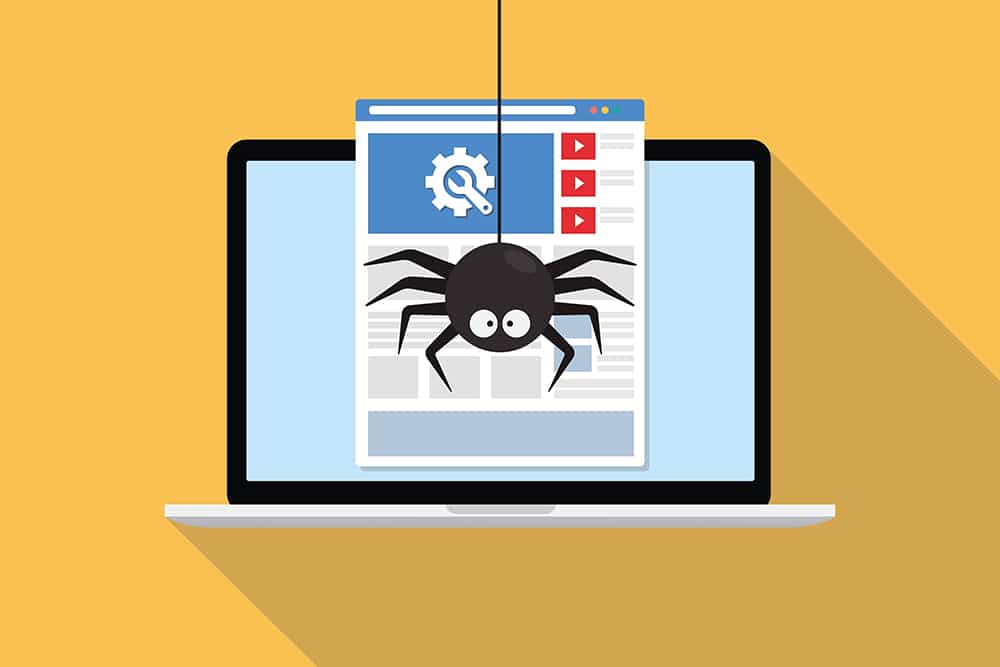Search engines are constantly crawling websites to discover, understand, and index content. But when search engine bots run into roadblocks, known as crawl errors, your website’s online visibility can take an immediate hit. The more difficult it is for bots to access your pages, the harder it becomes for your audience to find you in search results.
At Indite Web Technologies, we believe that a technically sound website is the foundation of powerful SEO. In this article, we’ll break down what crawl errors are, why they occur, and how you can fix them to maximize organic performance.
What Are Crawl Errors?
Crawl errors happen when search engine crawlers (like Googlebot) are unable to access a webpage or specific website resources. When this occurs, the page may not be indexed correctly—or at all.
There are two primary categories:
1. Site-Level Errors
These affect the entire website and can block crawlers completely.
Common site errors include:
-
DNS failures (server cannot respond)
-
Server connectivity issues
-
Robots.txt blocking search engine access
2. URL-Level Errors
These occur on specific pages rather than the entire site.
Common URL issues include:
-
404 Not Found
-
Soft 404 (page returns OK, but content is missing/thin)
-
403 Forbidden (restricted access)
-
Timeouts (page takes too long to load)
-
Redirect loops or excessive redirect chains
Why Crawl Errors Matter for SEO
Search engines rely on efficient crawling to determine rankings. Crawl errors interfere with that process, causing:
❌ Loss of Organic Rankings
If search engines cannot crawl a page, they cannot index or rank it.
❌ Poor User Experience
Broken pages result in increased bounce rates and discourage conversions.
❌ Wasted Crawl Budget
Search engines allocate a crawl budget per website. Errors waste that budget on pages that don’t produce value.
❌ Lowered Site Authority
A high volume of crawl issues signals poor website maintenance and can weaken overall domain trust.
Types of Crawl Errors You Should Know
Server Errors (5xx)
Indicate server-side malfunctions. Example: 500 Internal Server Error
-
Cause: poor hosting performance, heavy scripts, misconfiguration
-
Fix: upgrade hosting, optimize database, resolve server configurations
Client Errors (4xx)
The most common: 404 Not Found
-
Cause: deleted pages, incorrect URLs, outdated internal links
-
Fix: redirect broken URLs to relevant pages, update internal links
Robots.txt Related Issues
Bots blocked unintentionally
-
Fix: review robots.txt rules to ensure important pages aren’t restricted
DNS Resolution Errors
Occurs when bots can’t locate your server
-
Fix: check DNS settings, switch to a reliable domain provider
Resource Loading Errors
Images, CSS, or JavaScript are blocked from being crawled
-
Fix: Ensure essential files are accessible to search engines
How to Identify Crawl Errors
Use these tools to diagnose and monitor issues:
-
Google Search Console → Crawl Stats & Page Indexing Reports
-
Website Crawlers (Screaming Frog, Semrush Site Audit)
-
Server Logs to identify crawl patterns & bottlenecks
Regular monitoring allows you to detect errors early and maintain crawlability.
How to Fix Site Errors and Improve Your SEO
Here are practical steps:
✔ Maintain Healthy URL Structure
Avoid unnecessary redirects and broken pages.
✔ Optimize Site Speed
Slow-loading websites lead to timeouts and poor crawlability.
✔ Keep Server & Hosting Reliable
Choose a scalable and secure hosting infrastructure.
✔ Submit Updated Sitemaps
Ensure search engines know which URLs to crawl.
✔ Audit Internal Links Frequently
Fix orphan pages and outdated navigational paths.
✔ Enable HTTPS Correctly
Avoid mixed content and ensure secure access to all pages.
Crawl Budget Management: The Hidden Advantage
Search engines decide how many pages to crawl based on:
-
Site authority
-
Internal linking
-
Page speed
-
Fixing crawl errors
By reducing waste (soft 404s, bloated redirects, duplicate URLs), you ensure bots focus only on pages that help your brand rank—boosting visibility and conversion potential.
Final Thoughts
Crawl errors are more than technical glitches—they directly impact search visibility, user trust, and SEO growth. By regularly auditing your website and resolving issues quickly, you strengthen your site’s foundation and performance in search results.
At Indite Web Technologies, we specialize in delivering SEO-friendly websites built for long-term success. If you’re ready to improve your crawl health and organic rankings, our team is here to help.
Start fixing crawl errors today—because if Google can’t reach your content, neither can your customers.

